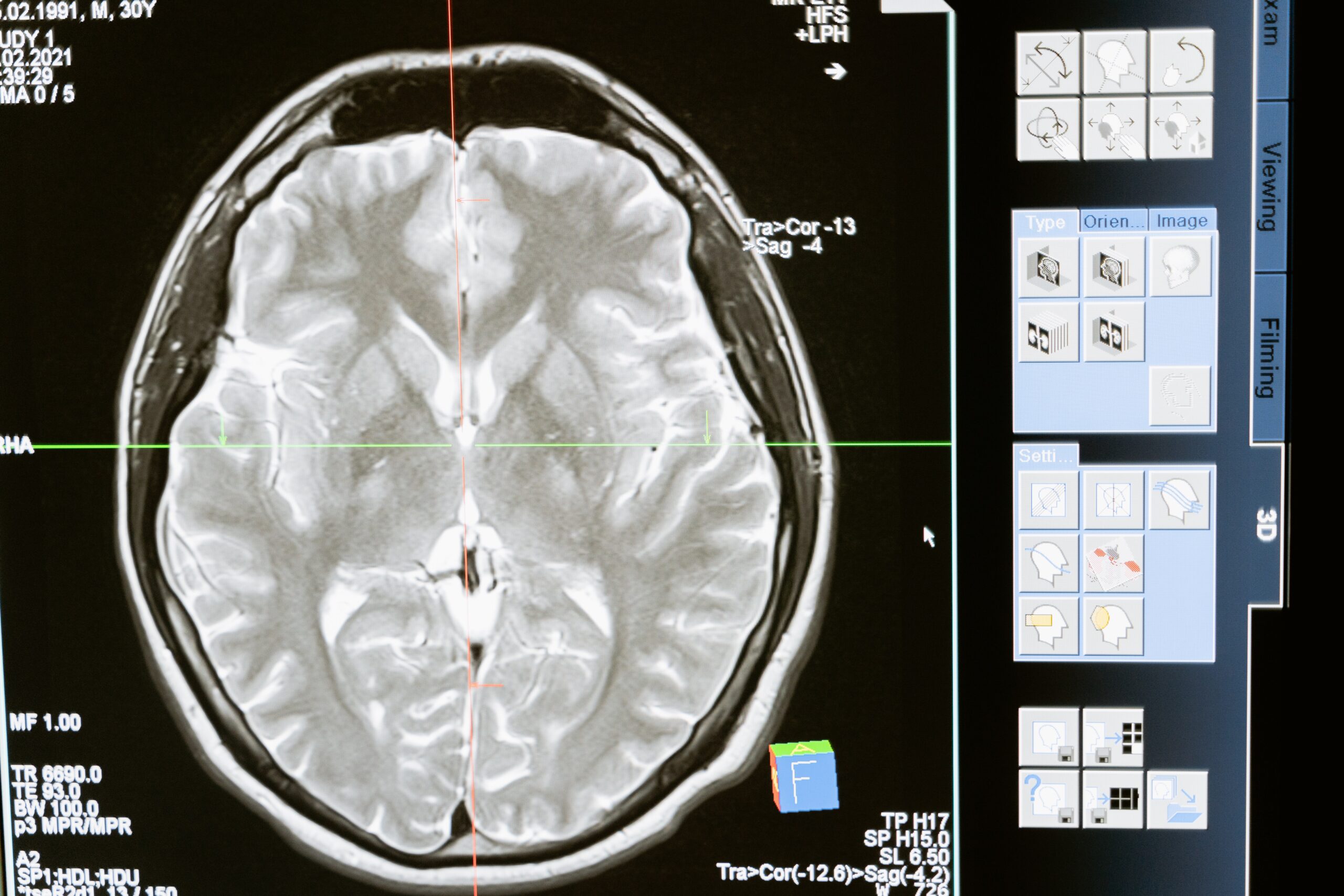In any disease process any one person might not present the same way as the next person. Two people may have similar intensity of a straightforward disease like Arthritis, but only one might be in pain. Parkinson’s Disease however, effects the most complicated organ of our body; the brain. Because of this explaining what Parkinson’s is, and how it affects you (now and down the road) is a complicated answer. No two people will present the same. In this article we will discuss in detail on where the problem is, and how this might present for you.
Being a complicated disease lends its hand to two problems right out of the gate. Number one, those subtle changes you have seen may have just been overlooked or discredited such as “I’m having a harder time walking, but oh that’s the reality of getting older”. Couple that with a lack of very definitive diagnostic testing for the disease; and we have a problem of catching the disease early enough. Most diagnosis of PD are completed via a Neurologist through noting of common symptoms. They may also attempt to utilize medications to see if these symptoms go away to confirm the issue. Other options sometimes utilized are a DaTscan which is able to help rule in the diagnosis. Or a Syn-One skin biopsy test.
It is also very common for a Physical Therapist to be the first to note the subtle changes and refer a patient back to a Physician for further follow up. This is one important reason it is always important to see a Physical Therapist when you note you are struggling with your balance or walking. Early diagnosis coupled with an action plan (see below) can be huge in successful management of the PD.
To further complicate the matter, the part of the brain that is affected by Parkinson’s disease has many parts (see anatomy below) associated with it. When others are affected, there are multiple other less common neurologic diseases that also present like PD. The next most common being Progressive Supranuclear Palsy, but many other exist.
Anatomy:
The best way to explain why this disease has the effect it does is by better understanding the anatomy of the effected structures. Deep almost centrally located in your brain sits a portion of brain called the Basal Ganglia. It is right in the middle of the action for a reason. The Basal Ganglia’s roll is immense and complicated. To simplify, the area works as a feedback loop taking in information from multiple areas of your brain and assisting with regulating the intensity of movement of your body, amongst other tasks. We call this a motor loop due to its effects on how you move.
The Substantia nigra sits just at the bottom of this structure and is in charge of transmission of the neurotransmitter Dopamine. When this area is affected through cell death, dopamine levels can drop significantly, causing Parkinson’s Disease. The loss of dopamine effects the stimulation or inhibition of many of these structures. The now affected information that is processed through basal ganglia is sent through multiple other anatomical structures. From there it ends back at the part of the brain that is involved in motor planning and control. Ultimately causing limited coordination of the speed and amplitude of movement. As well as Difficulty initiating planned movement, and rigidity.
Symptoms:
The above three items are a good overview of the major symptoms that are seen with PD. These of course do not come on overnight and are gradual. Let’s discuss them further.
- A lack of ability to initiate moving such as when walking often known as freezing.
- Inability to move with an amplitude to be successful:
- One example of this is what we call festination during walking, or often seen as a quick small shuffling step.
- This however can affect all areas of mobility, for instance attempting to stand up due to a lack of forward lean.
- Rigidity is seen often and displays through stiffness in spinal movement. Generally poor flexibility in the limbs. Postural deformity, like kyphosis and forward head posture.
Other major symptoms seen can include resting tremors. This type of tremor often will be found in the hands and only seen when at rest. Once you begin to move intentionally, the tremor should resolve, until you are at rest again. A very common symptoms is decreased volume in speaking, and potentially difficulty swallowing. Another common symptom is lessened facial response to show emotions.
Statistics with Parkinson’s:
- Roughly 1% of the population over 60 years of age are diagnosed with Parkinson’s (NIH.gov).
- PD diagnosis have doubled in the past 25 years roughly 8.5 million worldwide in 2019 (WHO.int).
- Men are 1.5x more likely Parkinson’s disease compared to Women (Parkinsons.org).
- PD rates significantly are higher in some areas of the US compared to others (Parkinsons.org).
PD can be categorized into 5 stages with stage one being the mildest symptoms, and stage five the most severe/advanced. Unfortunately, as the disease progresses other symptoms can arise as well. To summarize your symptoms, Parkinson’s is a disease limiting how your body regulates the amplitude of movement. It can also affect your motor memory, and your ability to multitask and move. These points will be discussed at greater length in part 2.
Action Plan:
For these reasons it is imperative that you have an action plan straight out of the gate. This is going to include of course a Neurologist, and a team of Therapists (PT, OT, SLP) to help you and your caregivers throughout the process. A great deal of research has gone into the best approaches to dealing with this progressive disease. Medication management with dopamine replacement will help alleviate the loss being produced naturally. Others have gone surgical routes with the implementation of deep brain stimulation to counteract it directly.
However, no matter how the medical management goes, a significant part of your path to success will land in the hands of your Therapist team. This will be the other hand of support and success. A crucial step will be finding a well-suited Therapist as well as Wellness program primarily focused on PD which are prevalent in every major City in the US. Our next article will describe some of the best ways to counteract the disease process on your ability to move. As well as national programs/treatment protocols that you might want to consider when looking for a PT.
Follow us on Facebook!

